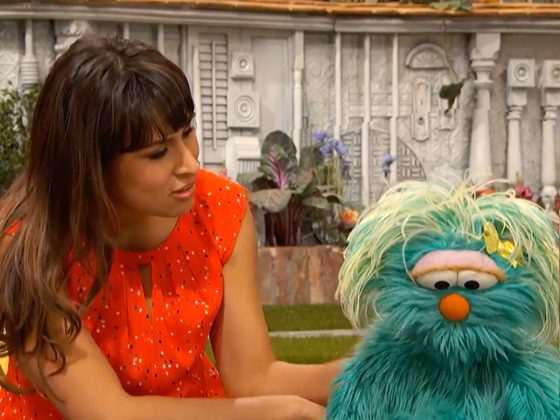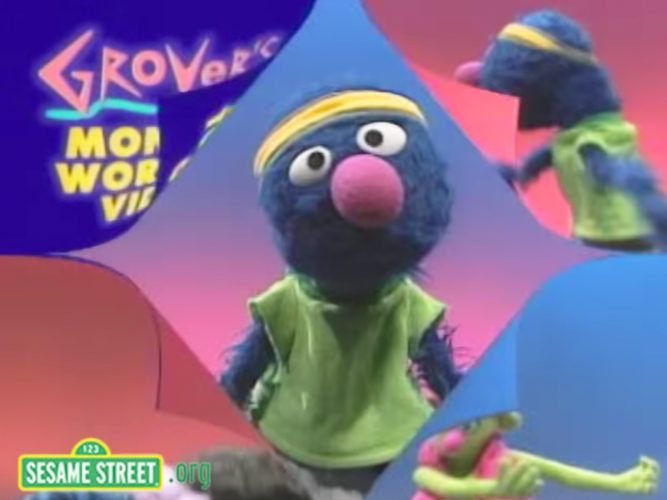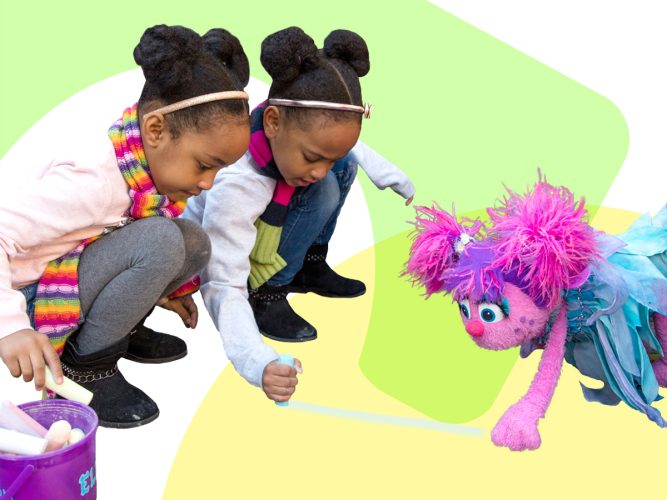
I Can Let My Feelings Out
After trauma, if words aren't easily available, there’s a first step to helping children express their feelings.
Pro tip: Nonverbal kids might need a progression of several strategies as they move toward more sophisticated forms of self-expression. (Kids may be too young to have the vocabulary to release their feelings, or when they have experienced traumatic experiences that prevent them from doing so.) When working with kids, you might simply say, “Sometimes we don’t have the words to say how we feel. But we can find other ways to help us understand our feelings, and share them with others. That can help our bodies and minds relax. Then we can start using words.”
Traumatic memories are often stored in feelings, images, and other senses, not in words. It can be tough for kids coping with the effects of trauma to find the right words to explain how they’re feeling inside, and the younger they are, the harder it is. But there are lots of ways kids can access and express feelings without using language.
Even Muppets get mad sometimes. Everyone needs strategies for those “big feeling” moments. In this video, Sophia teaches Rosita a safe and healthy way to release her anger.
Watch the video together with kids. Then explain that when we’re really upset, the parts of our brain that can help us don’t work very well. We don’t have the words to let our feelings out. It’s like our brains are stuck on “anger island”!
As you watch the video together with kids, consider what Sophia does to help Rosita. She:
- Notices her feelings and reassures her they’re okay
- Reminds her that it’s good to express her feelings
- Reminds her to never hit others
- Lets Rosita express the full force of her anger (reassuring Rosita that, as the adult, she can handle it)
- Suggests other ways to express other big feelings
- Provides a comforting lap when Rosita is done
The next time kids seem to need this strategy, you might remind them of how Rosita expressed her anger…and grab a pillow or cushion.
Then, as a next step, you can begin helping kids use their words. Watch Grover talk through his feelings as he “moves it out.” Then share this three-step strategy for coping with anger and frustration.


